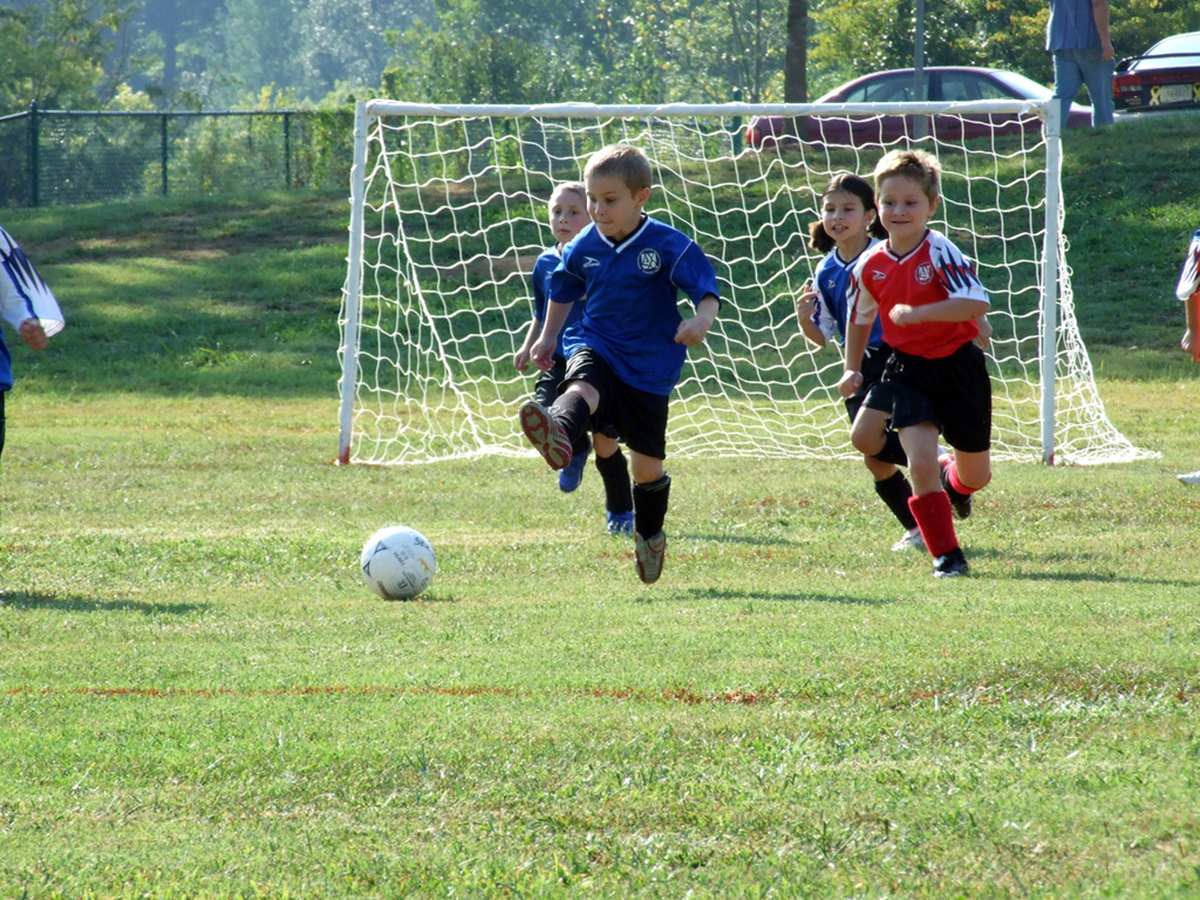Table of Contents
It has been researched that more than 30% of injuries sustained by young people are sport related. These injuries can cause these patients to miss out on sporting activities which they enjoy and they can increase the risk of sustaining another similar injury.
Long-term issues can also be experienced by patients and they can include the following:
- Weight gain - which can increase the chances of osteoarthritis, depression and lower a person's self-esteem.
- Osteoarthritis - this can lead to increased pain and swelling in the affected joint and, in severe cases, can lead to disability.
- Depression - the patient can become socially withdrawn, where relationships with family and friends can suffer, and they can start suffering in their job or schoolwork. Depression can also increase suicidal thoughts and lead to suicide attempts.
These injuries are not only a burden on the patient, but also on the costs of a country's public health service which can amount to many millions being spent annually.

The research
A recent study by the University of Calgary in Toronto, Canada, has been done which showed that a neuromuscular training (NMT) programme not only reduced the incidence of, in this case specifically, soccer related injuries in young people, but these programmes also reduced the health costs which were associated with these injuries.
The study used male and female participants from the ages of 13-18. The research was focused on soccer related injuries in the youth. Soccer injuries seem to mostly involve the lower limbs, with more than 60% of cases being injuries of this area. Of these lower leg injuries, more than 60% involved the knees and ankles.
The participants were then split into 2 groups. One group participated in the NMT warm-up programme which included the following components:
- Strength training.
- Balance coordination.
- Aerobic exercises.
- Agility training.
- Home-based balance training regimen.
The other group participated in a standard practice warm-up routine which is typically used on soccer fields. The components of this routine included aerobic exercises and stretching techniques.
READ Soccer Greatly Improves Health In Young People
The findings of the study
The clinical significance
Costs which are spent on managing issues, which could have been prevented by using more practical methods, is like flushing money down the toilet. This 'lost' money could be used by public health on other issues which need further research.
Besides the costs, more importantly is the patient's well-being. Not only would implementation of neuromuscular training be beneficial in better conditioning a sportsman or woman, but the reduction in sustained injuries would prevent any associated short- and long-term issues.
- www.medicalbrief.co.za/archives/neuromuscular-programme-slashes-soccer-injuries-by-38/
- www.mayoclinic.org/diseases-conditions/osteoarthritis/symptoms-causes/dxc-20198250
- www.mayoclinic.org/healthy-lifestyle/fitness/in-depth/overuse-injury/art-20045875?pg=1
- Photo courtesy of scoregasm: www.flickr.com/photos/scoregasm/1384378780/
- Photo courtesy of scoregasm: www.flickr.com/photos/scoregasm/1384378780/
- Photo courtesy of stevendepolo: www.flickr.com/photos/stevendepolo/4129400323/


Your thoughts on this